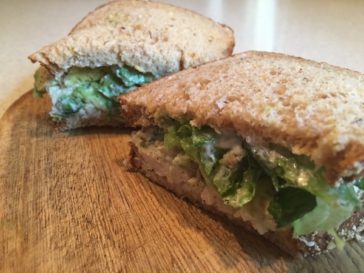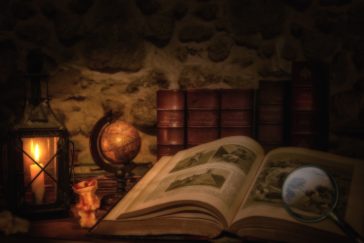On Not Being a Snob: Embracing One’s Inner Genre Writer
I have a friend who recently admitted shamefacedly to our writers’ group that she has been writing—and selling—Regency romances under an assumed name. We know her as a person committed to the highest standards of authorship, aspiring to real literary fiction, constantly refining and perfecting her style. And so our immediate reaction was to console, with a kind of world-weary fatalism. Gotta pay the bills, friend. Because those carefully crafted manuscripts had not sold. But wait. Is there something wrong … Read More »






